If you're lucky enough to live in a Victorian house, whether it be a charming cottage in the country or a stately terraced house in the city, the styling possibilities for your interior are endless. But have you thought about extending the classic style of the Victorian era to your outdoor space?
If you have a front garden, back garden (or both!), or even a roof terrace, there are plenty of ways of bringing the traditional design features of a Victorian garden into your scheme. Here we break down some of the key features of a Victorian garden, and show you how you can tap into these styles and also how you can make them work for you and your space.
What is a Victorian garden?
The Victorian era is remembered as a time of rapid growth, industrial innovation and British colonial power. When you dig deep, you'll see that Victorian gardens embody all these factors.
Thanks to coal and steam power, people were able to travel more and plant collectors started introducing exotic flowers and plants from the empire's colonies. Because these foreign plants were used to warmer climates, greenhouses became popular in Victorian gardens, as well as conservatories. Houseplants also started to creep into interiors, and soon plants and flowers became staple elements of Victorian design.
Lavish displays combined with neat, ordered structures, as shown in pristine, colourful flower beds and sprawling manicured lawns, reflected the decorative flair but also restrictive atmosphere of the Victorian middle and upper classes.
Garden art tied in with the vibrant plant displays; rockeries, sculptures, pergolas and decorative outdoor terraces, where people could socialise and admire the garden, also rocketed in popularity.
Victorian garden ideas
Neat, structural flower beds
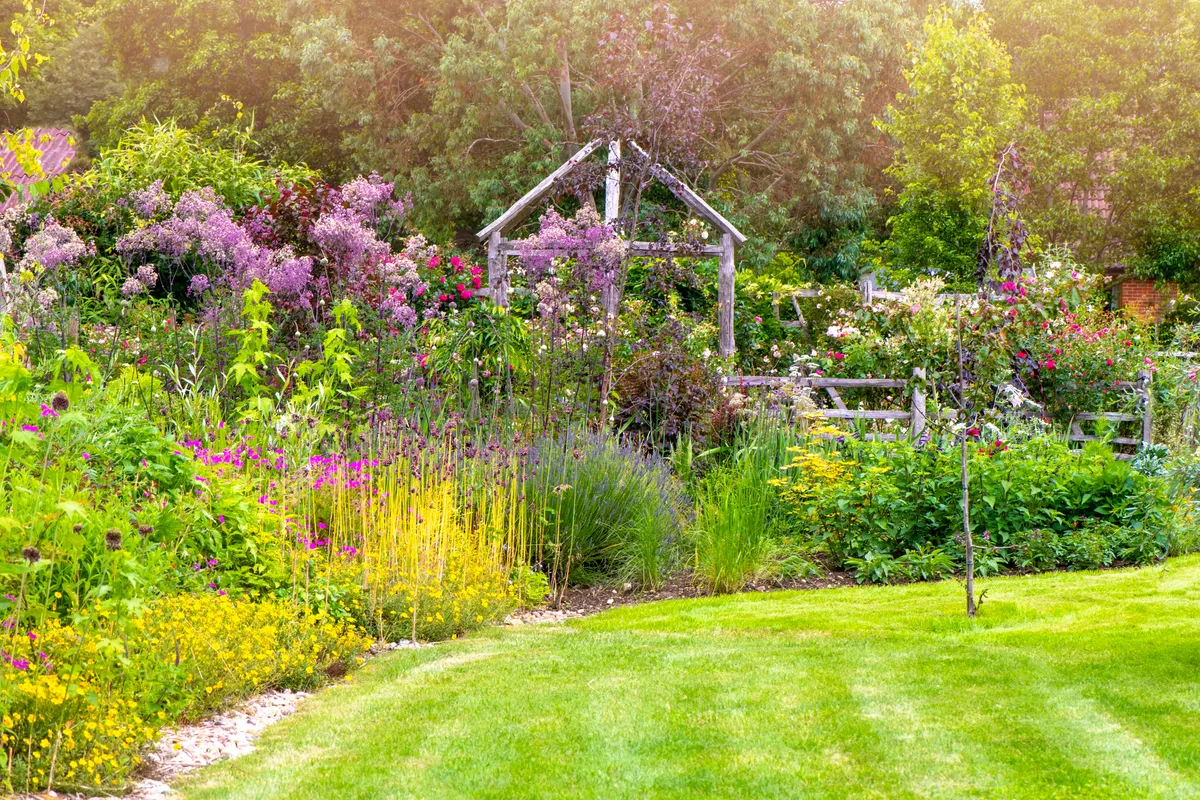
Victorians came up with creative and clever ways to showcase the growing number of vibrant plants brought back to Britain from overseas by plant collectors. Large, curved flower beds wound alongside garden paths while neat borders, often framed with bricks, stones or metalwork, kept luscious shrubs and plants neatly in place.
A great way of tapping into the neat borders and flower beds of a traditional Victorian garden style is by making over your front garden. Front gardens often have less foot traffic than a back garden, especially if you have little ones or pets, so it can be more decorative and 'showy' - perfect for Victorian design!
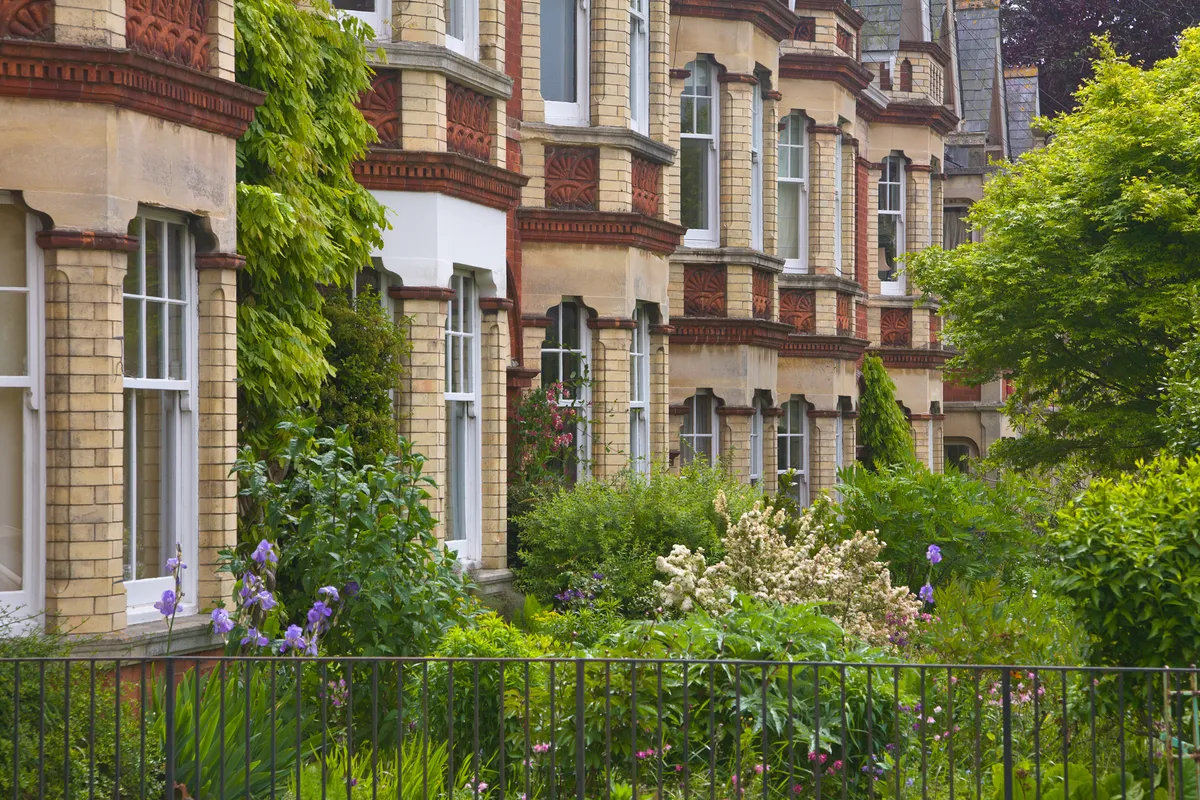
Exotic plants
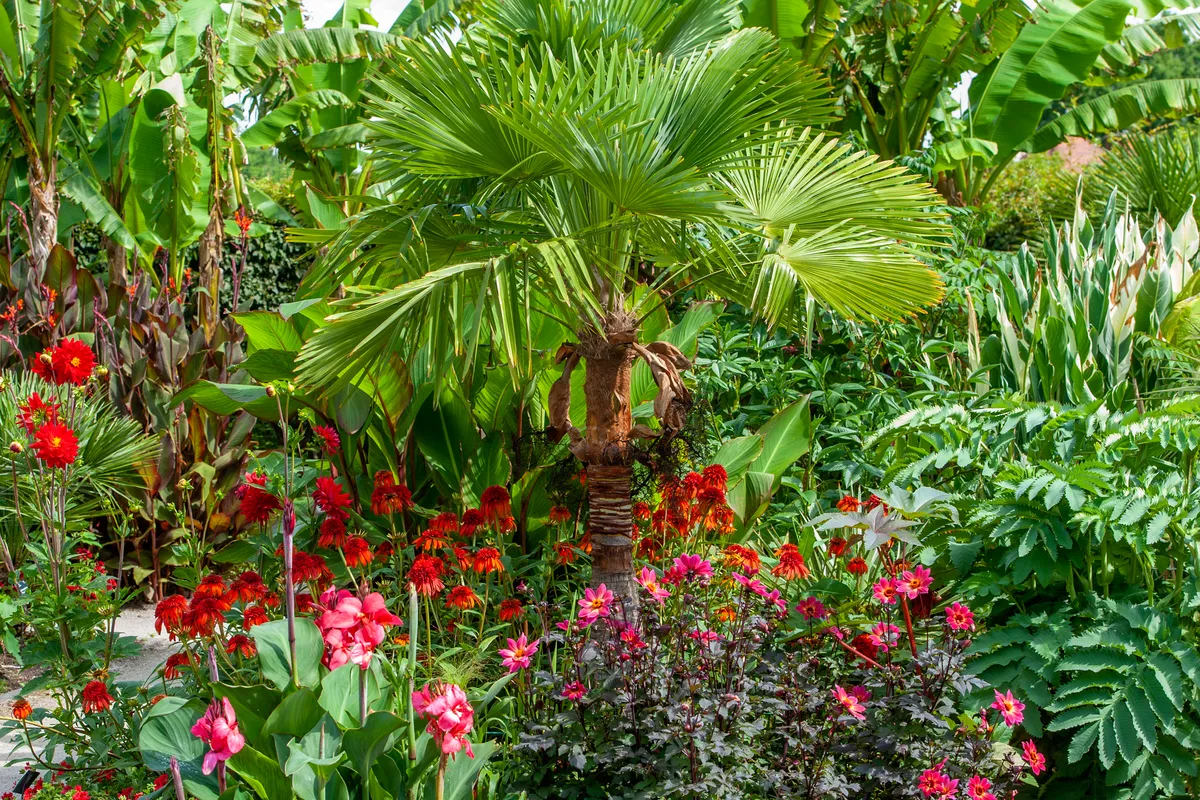
Along with the exciting, foreign plant species being introduced to Britain, advances in science meant more flower breeds were being created, so Victorians were able to show off a wealth of plant species in their homes and gardens.
Roses, dahlias, hollyhocks, snapdragons, asters, chrysanthemums, marigolds, pansies, violas, hyacinths, lilies, irises, and sweet peas are just some examples of popular plants from the era. The bolder the better!
Exotic houseplants played a part too. Tropical species like palm trees, and desert plants like cacti, gave homes, conservatories and greenhouses a bold new look.
Pergolas
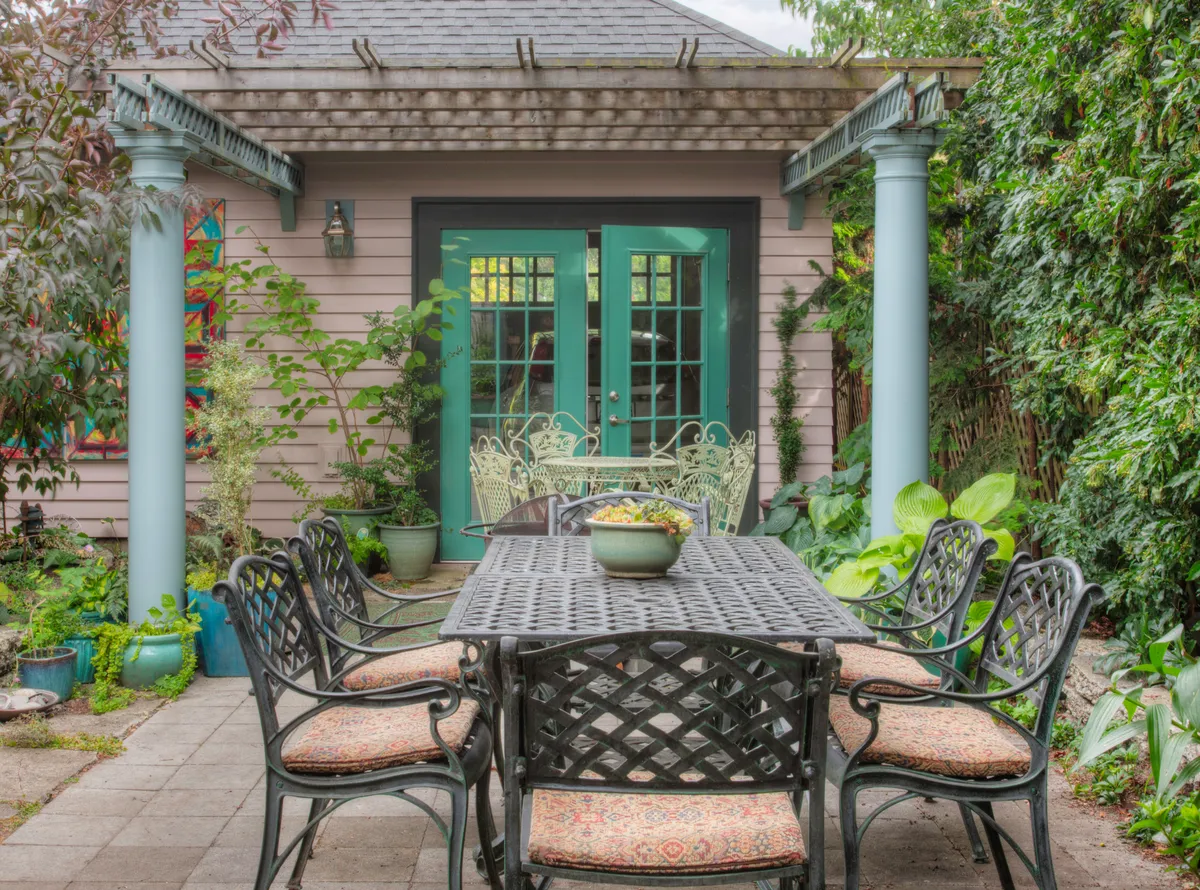
Arches and structural supports helped to break up Victorian gardens and pergolas had the added bonus of creating a visually-appealing garden room style set-up that could be used for outdoor entertaining.
As well as being aesthetically pleasing, pergolas were practical; winding plants, like rambling roses, could grow up and around it, and they offered protection from the sun too.
Pergolas have risen in popularity recently, and you can find many more modern and rustic style designs alongside traditional Victorian styles.
Greenhouses
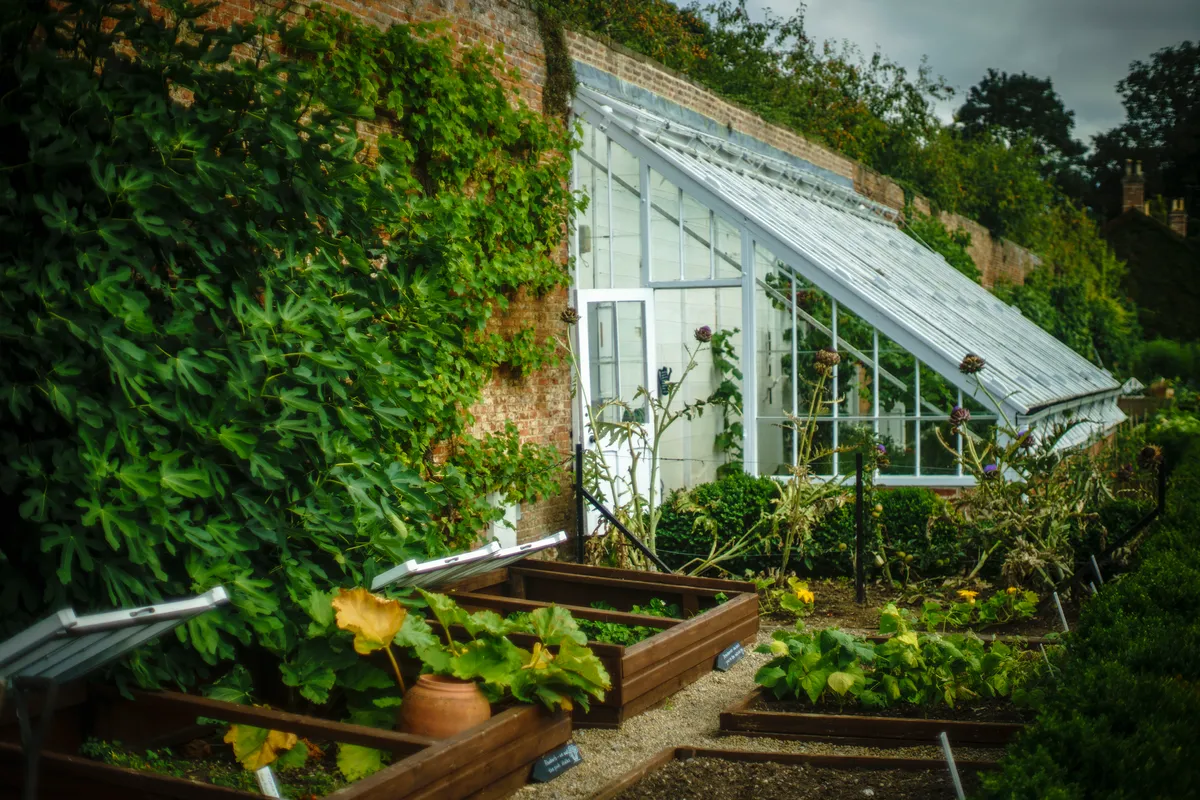
With all these new, tropical plants hitting the rainy grey shores of Britain, Victorians had to find ways of maintaining and cultivating them. Greenhouses, thanks to their warm, light-filled conditions, were the perfect solution.
If you don't have space for a greenhouse in your garden, try a smaller lean-to or cold frame instead. You can even buy mini-greenhouses to sit on your windowsill or place in a balcony garden.
Garden art
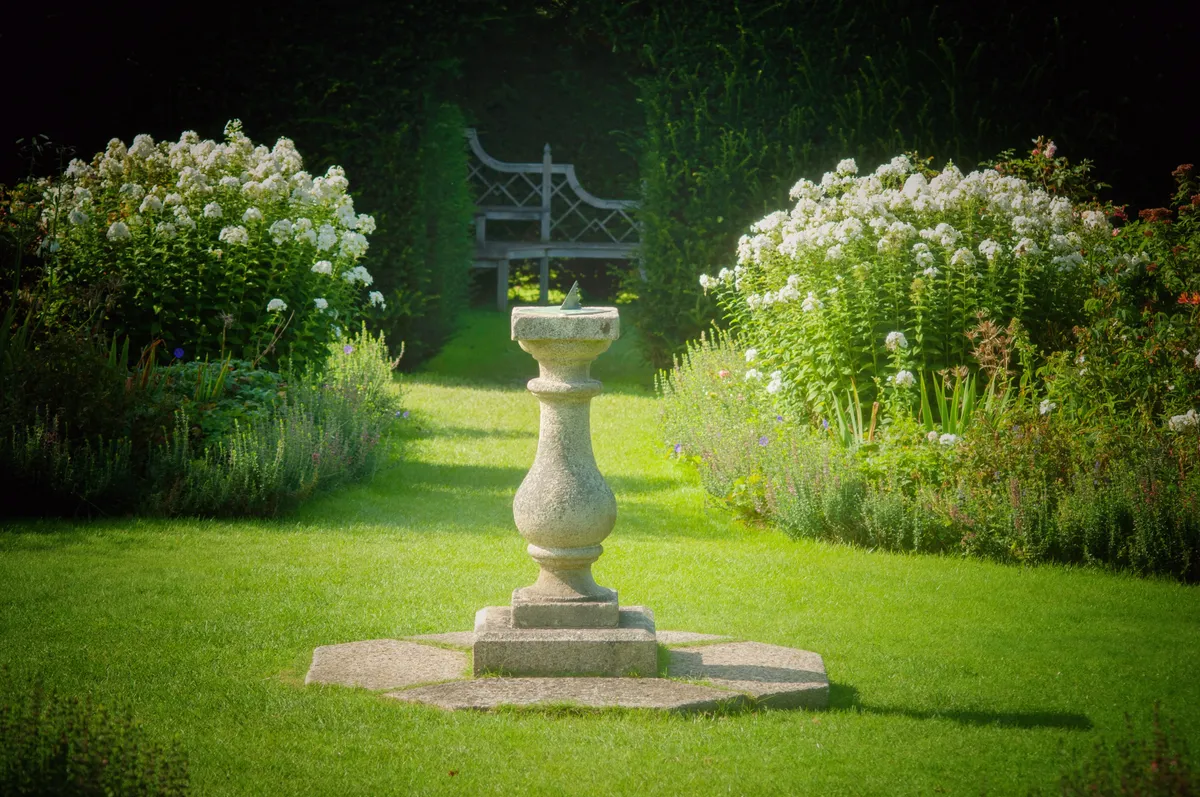
Victorian gardens were all about spectacle, and they loved to add points of interest through ornaments, sculptures, water features, bird baths, and more. Decorative elements, like a sundial, created a place to pause and provided a talking point when taking a turn of the garden with any visitors.
- The best garden wall art on the market
- Best garden sculptures and features for a stunning outdoor space
You can incorporate this stylistic feature by adding a couple of items of garden art. If you're not keen on a sundial, how about a garden mirror nestled behind some blossoming flowers? Or a garden pond?
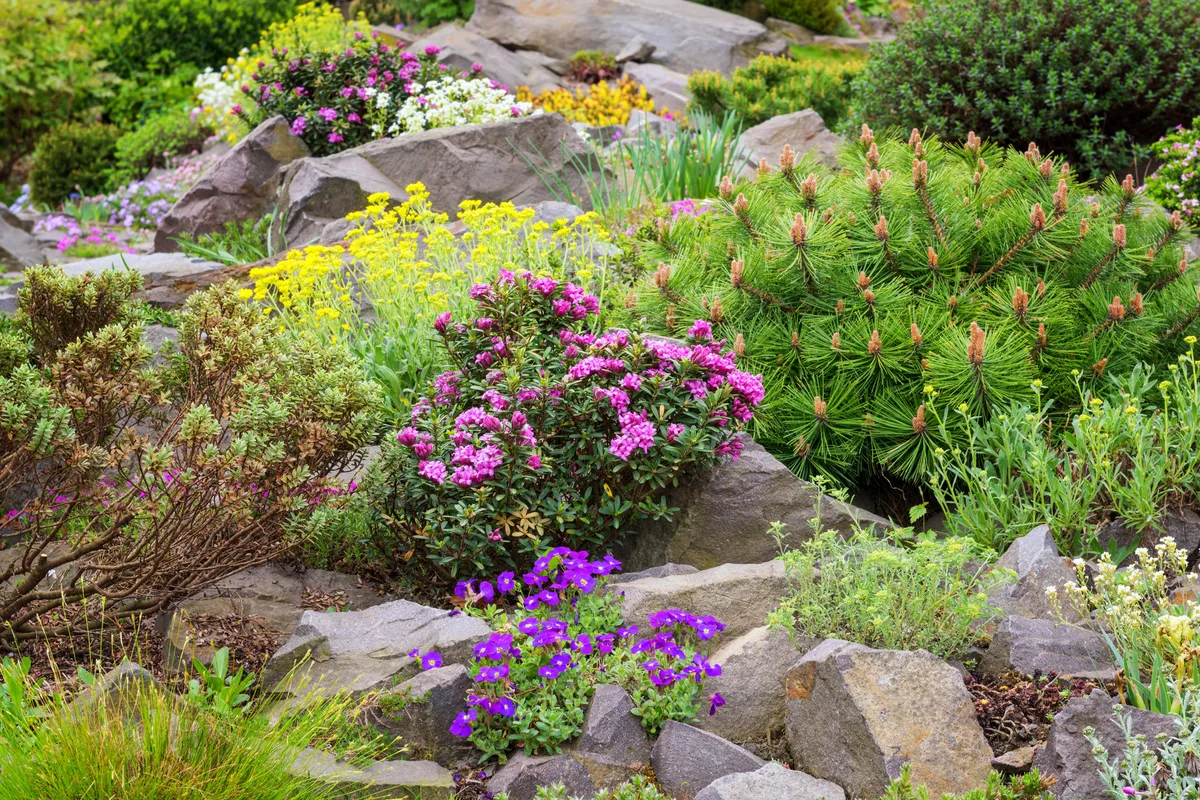
Another artistic element eponymous with Victorian gardens is rockeries, which were inspired by alpine landscapes and dramatic mountainous environments.
Terrace gardens were popular in the Victorian era, and these were made up of multiple levels and a mixture of terrains. Rock gardens give a nod to this style but are much easier to achieve.
To make your own rock garden, dedicate a corner or anywhere there is unused space, and choose low-growing hardy plants that are naturally found in mountainous regions.

